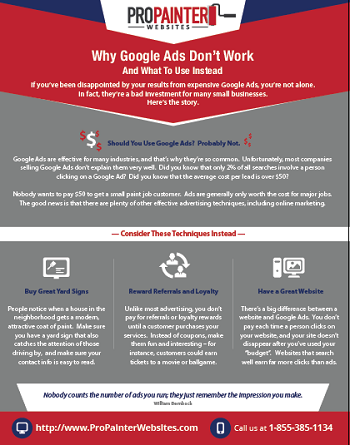Seasonal Factors To Consider For Commercial Exterior Painting: What You Need To Know
Seasonal Factors To Consider For Commercial Exterior Painting: What You Need To Know
Blog Article
Posted By-Regan Celik
When you're preparing a business exterior paint task, seasonal factors can make or break your outcomes. You'll want to consider just how temperature and humidity effect paint application and drying times. Choosing the appropriate season can guarantee your paint adheres correctly and lasts much longer. But which seasons are really the most effective for this kind of work? Allow's explore learn this here now that can affect your project's success.
The Effect of Temperature on Paint Application
When you're intending an industrial exterior painting job, the temperature can significantly influence exactly how well the paint adheres and dries.
Ideally, hotel painting contractor intend to repaint when temperature levels range in between 50 ° F and 85 ° F. If it's too cold, the paint may not cure correctly, bring about problems like peeling off or splitting.
On the other side, if it's as well warm, the paint can dry too promptly, avoiding correct adhesion and causing an irregular surface.
You ought to additionally consider the moment of day; morning or late afternoon uses cooler temperatures, which can be extra beneficial.
Constantly check the manufacturer's recommendations for the particular paint you're making use of, as they commonly offer advice on the optimal temperature variety for optimal outcomes.
Moisture and Its Result on Drying Times
Temperature isn't the only environmental factor that influences your industrial exterior painting job; humidity plays a considerable role too. High moisture levels can decrease drying times significantly, influencing the total high quality of your paint job.
When the air is filled with dampness, the paint takes longer to cure, which can cause problems like poor bond and a higher danger of mildew growth. If you're painting on a particularly humid day, be prepared for extended delay times in between coats.
It's vital to monitor regional weather and strategy appropriately. Ideally, go for moisture levels between 40% and 70% for ideal drying out.
Maintaining these factors in mind guarantees your job remains on track and delivers an enduring finish.
Best Seasons for Commercial Exterior Painting Projects
What's the very best time of year for your industrial exterior painting projects?
Spring and early fall are commonly your best options. Throughout these periods, temperatures are light, and humidity levels are commonly reduced, producing suitable conditions for paint application and drying out.
Avoid summer's intense heat, which can trigger paint to dry as well rapidly, bring about inadequate bond and finish. In a similar way, winter's cold temperature levels can prevent appropriate drying out and curing, running the risk of the longevity of your paint work.
Go for days with temperature levels between 50 ° F and 85 ° F for ideal results. Keep in mind to check the regional weather prediction for rainfall, as damp conditions can spoil your project.
Planning around these elements guarantees your paint task runs smoothly and lasts longer.
Final thought
In conclusion, intending your industrial external painting tasks around seasonal factors to consider can make a considerable distinction in the result. By scheduling work during the suitable temperatures and humidity degrees, you'll make sure better bond and drying out times. Keep in mind to watch on neighborhood weather report and pick the right time of year-- springtime and very early autumn are your best bets. Taking these actions will certainly help you achieve a long lasting and expert surface that lasts.
